Last Updated on January 24, 2024
Christopher Nolan is well known for his intense attention to detail, working on and researching his projects for years before they’re finally ready to go before cameras. His 2023 blockbuster Oppenheimer (remember to buy it on physical media folks) is no different; in fact, it may be his most meticulously constructed movie to date. Using the biography “American Prometheus” as his template, Nolan clearly went to great lengths to depict a crucial handful of years in the complicated life of J. Robert Oppenheimer, whom Nolan has said is the most important human who ever lived… for better or worse.
If you’ve seen the film, and based on its incredible $900 million worldwide box office haul, you have, you might’ve wondered just how close to reality Nolan’s film truly is. Well, you can stop wondering because we’re about to give you a quick history lesson and tell you what really happened to Oppenheimer.
To sum it up rather quickly, it seems that Nolan stuck as close to the facts as he could with “Oppenheimer”, making it all the more incredible how cinematic and moving the picture is. Then again, if we’re talking about a bomb that could potentially destroy humanity as we know it, the story is inherently pretty dramatic.
The movie’s structure depicts two monumental periods in Robert Oppenheimer’s life: his work on developing the A-bomb that eventually ended World War II, and the subsequent hearings years later that eventually strip him of his security clearance. Said hearings were orchestrated by one-time colleague Lewis Strauss, who’d long held a grudge against Oppenheimer for humiliating him on a public stage. Naturally, all of this actually happened as shown, and Oppenheimer’s life was never the same after losing his Q- clearance. One person who persuaded the board to vote against Oppenheimer was another former colleague, Edward Teller, who claimed he had no confidence in
Oppenheimer anymore, which is also based in fact. Teller seemingly held a grudge against Oppenheimer’s dismissal of his pet project, the Hydrogen bomb.
The A-bomb was indeed tested in the New Mexico desert, the first time an Atom Bomb had ever been detonated. In the film, Oppenheimer recites a line from Hindu scripture, “Now I am become death, destroyer of worlds.” The famous quote was taken from an interview Oppenheimer did years later, recounting what he was thinking when he saw the bomb go off. But it’s unclear whether or not he actually said it aloud as he watched the results of his work. Most likely, Nolan thought it made for a gripping exclamation mark on an already compelling scene.
After two A-bombs are dropped on Japan, Oppenheimer became an unlikely celebrity, appearing on the covers of magazines and being hailed as the man who stopped the war. But his guilt over the lives lost, depicted in the film, was very real. In one crucial scene, he meets with President Truman and relays his feelings, ultimately saying he felt like he had blood on his hands, which Truman promptly dismisses, referring to the scientist as a “crybaby.” This all really happened as well, as Truman thought he deserved the actual credit – for lack of a better word – for dropping the bombs.
One foggy sequence regarding truthfulness is when a young Oppenheimer poisons the apple of his tutor, Edward Blackett, only to regret it the next day. In “American Prometheus,” this event is told second-hand by an old friend of Oppenheimer’s, who claims Robert told him about the aborted poisoning on a handful of occasions. However, Oppenheimer’s grandson Charles claims it never happened and resented the authors for putting an unsubstantiated story in the book. While Charles could not possibly know if it really happened because he wasn’t there, his point is well taken that it’s just a story from the grapevine, perhaps invented out of whole cloth.
Oppenheimer’s personal life is important to the film, and naturally, Nolan tells it warts and all. For starters, Oppy – which people actually called him – was a serial womanizer who carried on affairs with secretaries and even the wives of colleagues. His first true love, Jean Tatlock, was a troubled woman who had a major effect on Oppy’s flirtation with the communist party, which would ultimately get him into trouble with the FBI. While Robert was married to Kitty Oppenheimer, he did visit Jean and likely reignited their love affair, however briefly. Tatlock was eventually discovered drowned in a bathtub some time later, supposedly by her own hand, and though the movie vaguely hints at it, uncertainty surrounded the nature of her death, with some believing government agents might’ve killed her. To this day mystery still revolves around what really happened.
Kitty Oppenheimer is depicted as a depressed alcoholic in the film, thanks to her loneliness and erratic relationship with her husband. In fact, Kitty was given to bouts of heavy drinking and felt stymied after being relegated to the role of housewife in Los Alamos. In her former life she was a biologist and botanist, but those skills weren’t put to use during her time in New Mexico, leading to a frequently unhappy marriage. However, they stuck together until his death in 1967.
Finally, Oppenheimer did indeed enjoy a friendship with the most famous scientist of them all, Albert Einstein, though the movie’s most enthralling scene between them, when Oppenheimer reveals his worry that he’s helped the eventual destruction of the world itself, was a complete work of fiction. So too is the sequence where Oppenheimer asks Einstein’s advice regarding the A-bomb possibly igniting the atmosphere, killing all life on Earth. While these two respected each other and presumably talked frequently, these conversations are the work of Nolan’s imagination.
For a movie that gets so much about its subject right, a little exaggeration is more than acceptable.


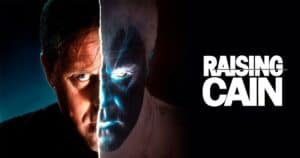

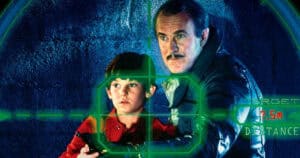



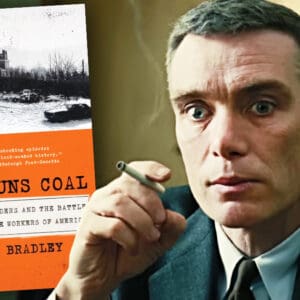

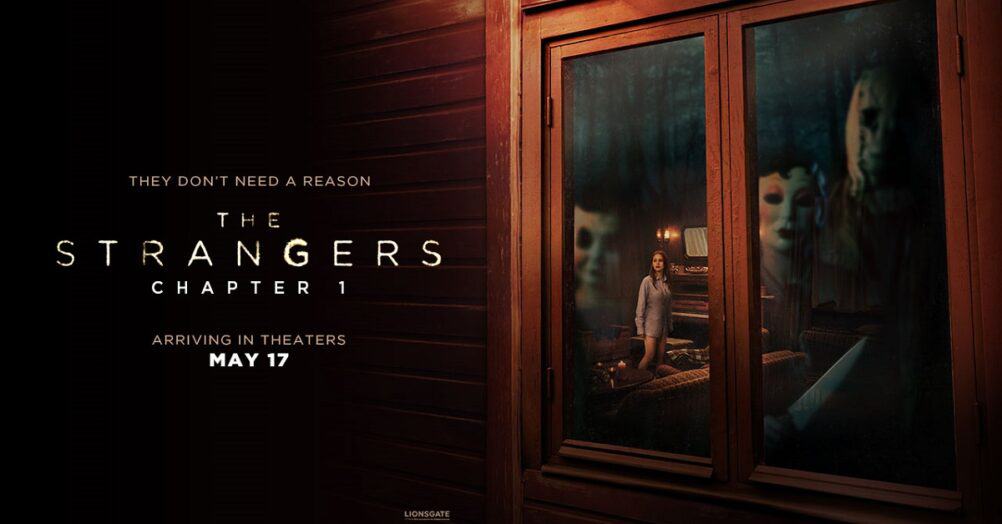

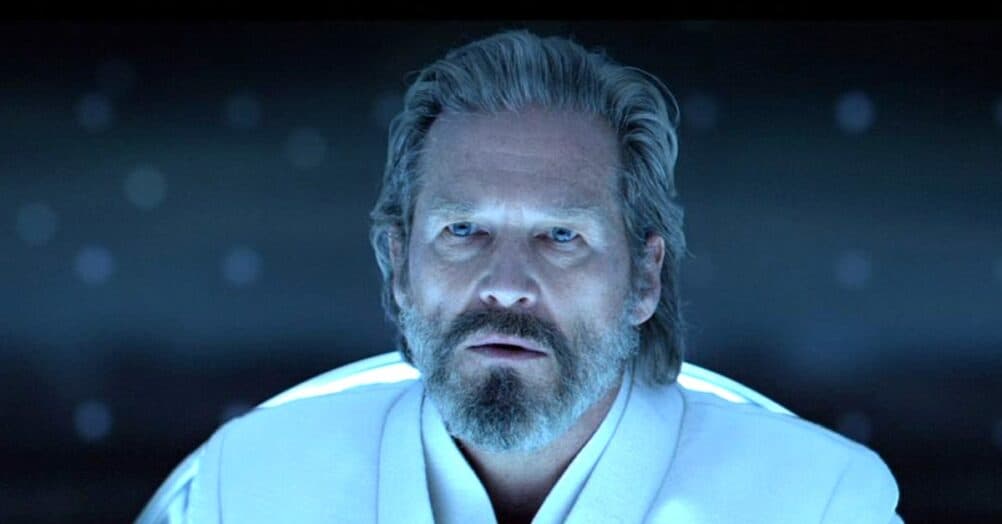

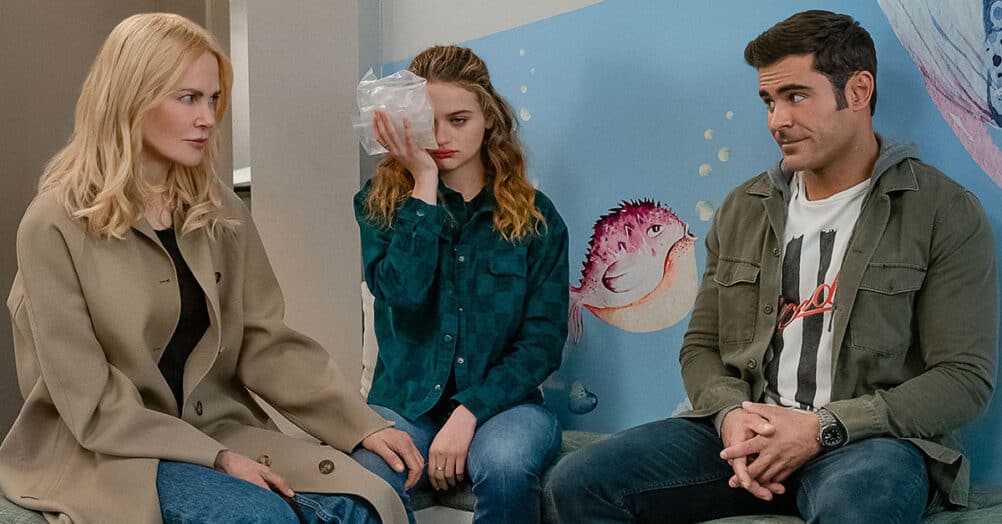



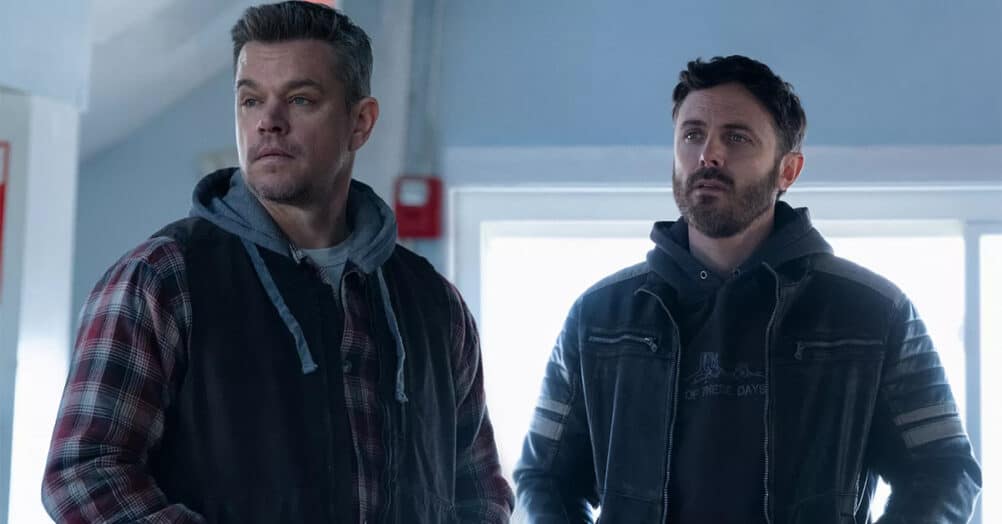

Follow the JOBLO MOVIE NETWORK
Follow us on YOUTUBE
Follow ARROW IN THE HEAD
Follow AITH on YOUTUBE